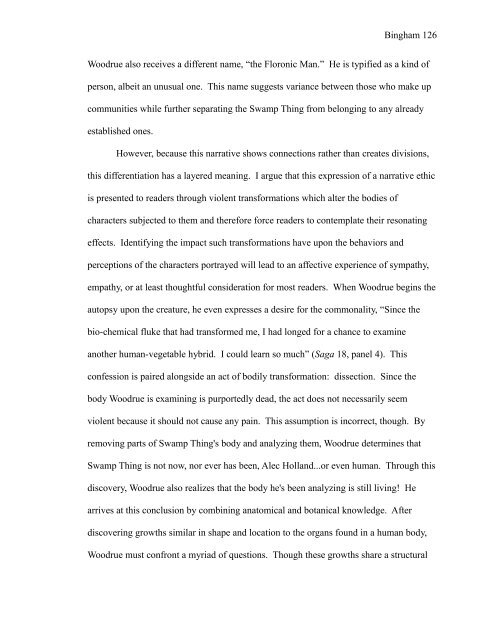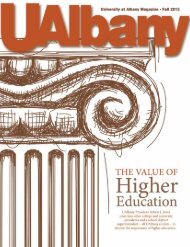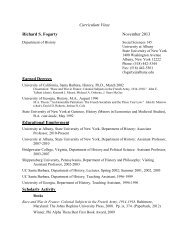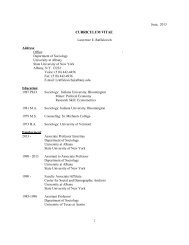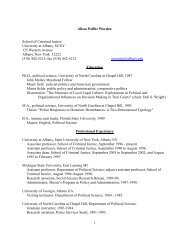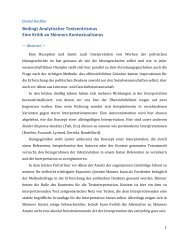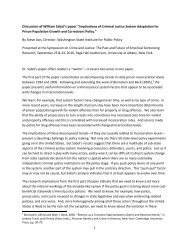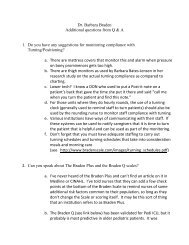Walking Corpses & Conscious Plants: Possibilist Ecologies in ...
Walking Corpses & Conscious Plants: Possibilist Ecologies in ...
Walking Corpses & Conscious Plants: Possibilist Ecologies in ...
You also want an ePaper? Increase the reach of your titles
YUMPU automatically turns print PDFs into web optimized ePapers that Google loves.
B<strong>in</strong>gham 126<br />
Woodrue also receives a different name, “the Floronic Man.” He is typified as a k<strong>in</strong>d of<br />
person, albeit an unusual one. This name suggests variance between those who make up<br />
communities while further separat<strong>in</strong>g the Swamp Th<strong>in</strong>g from belong<strong>in</strong>g to any already<br />
established ones.<br />
However, because this narrative shows connections rather than creates divisions,<br />
this differentiation has a layered mean<strong>in</strong>g. I argue that this expression of a narrative ethic<br />
is presented to readers through violent transformations which alter the bodies of<br />
characters subjected to them and therefore force readers to contemplate their resonat<strong>in</strong>g<br />
effects. Identify<strong>in</strong>g the impact such transformations have upon the behaviors and<br />
perceptions of the characters portrayed will lead to an affective experience of sympathy,<br />
empathy, or at least thoughtful consideration for most readers. When Woodrue beg<strong>in</strong>s the<br />
autopsy upon the creature, he even expresses a desire for the commonality, “S<strong>in</strong>ce the<br />
bio-chemical fluke that had transformed me, I had longed for a chance to exam<strong>in</strong>e<br />
another human-vegetable hybrid. I could learn so much” (Saga 18, panel 4). This<br />
confession is paired alongside an act of bodily transformation: dissection. S<strong>in</strong>ce the<br />
body Woodrue is exam<strong>in</strong><strong>in</strong>g is purportedly dead, the act does not necessarily seem<br />
violent because it should not cause any pa<strong>in</strong>. This assumption is <strong>in</strong>correct, though. By<br />
remov<strong>in</strong>g parts of Swamp Th<strong>in</strong>g's body and analyz<strong>in</strong>g them, Woodrue determ<strong>in</strong>es that<br />
Swamp Th<strong>in</strong>g is not now, nor ever has been, Alec Holland...or even human. Through this<br />
discovery, Woodrue also realizes that the body he's been analyz<strong>in</strong>g is still liv<strong>in</strong>g! He<br />
arrives at this conclusion by comb<strong>in</strong><strong>in</strong>g anatomical and botanical knowledge. After<br />
discover<strong>in</strong>g growths similar <strong>in</strong> shape and location to the organs found <strong>in</strong> a human body,<br />
Woodrue must confront a myriad of questions. Though these growths share a structural


